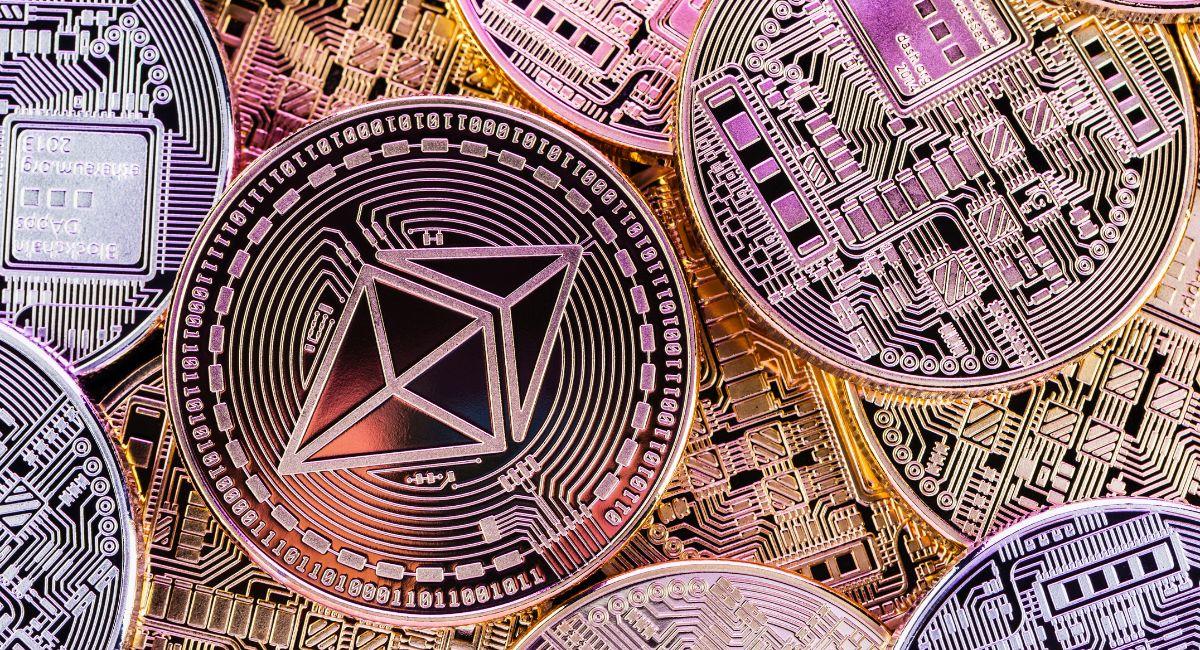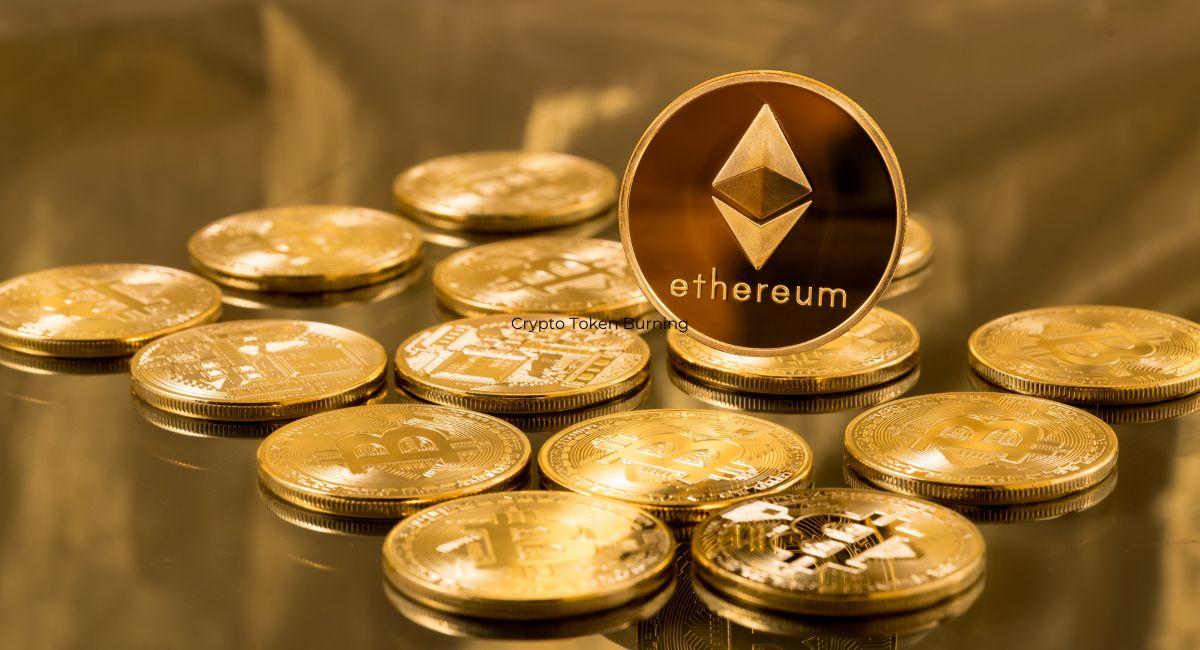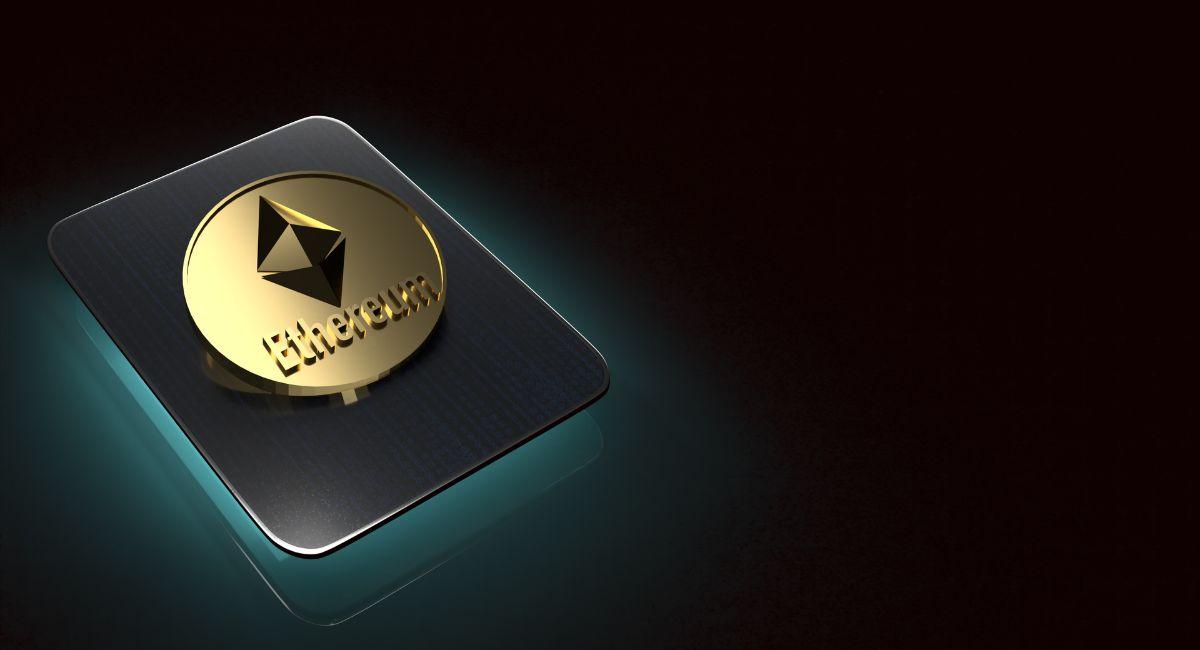All About The Relationship Between Ethereum And NFTs And The 7 Amazing Use Cases
NFTs, or non-fungible tokens, are a type of digital asset that is unique and indivisible, meaning another asset of equal value cannot replace it. Ethereum and NFTs are often associated with each other, as they are typically created, traded, and stored on the Ethereum network. Ethereum’s smart contract capabilities allow for the creation of unique tokens, which can be used to represent digital assets such as art, music, videos, and other types of creative works. These tokens are stored on the Ethereum blockchain, which provides a secure and transparent way to verify digital asset ownership and transfer.
In addition to providing a platform for creating and trading NFTs, Ethereum also provides a way to establish royalties and other payment structures for the use of digital assets. This allows creators to benefit from their digital works’ ongoing use and value. Overall, the relationship between NFTs and Ethereum is symbiotic, as the Ethereum blockchain provides a powerful platform for creating, trading, and establishing value for these unique digital assets. As NFTs continue to gain popularity and use cases, it is likely that Ethereum will remain a key player in this emerging space.
ERC-4337 is a game-changer upgrade for the Ethereum ecosystem.
Turning wallets into smart accounts with multifunctional capabilities that simplify NFT trading, smart contract wallet building, crypto newsletters, and Web3 gaming. Making them more accessible to non-technical users pic.twitter.com/HUX35bYqPW
— Webstudio (@webstudioso) April 13, 2023
Top 10 uses of ethereum smart contract for NFT
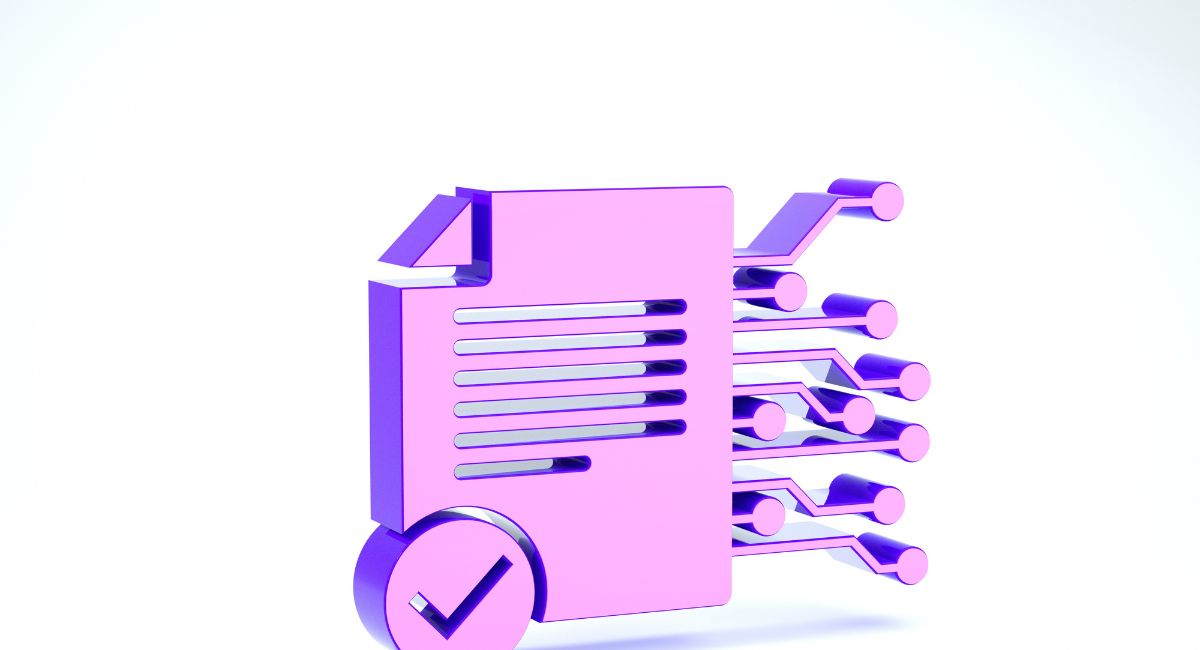
- Creation of NFTs: Smart contracts on the Ethereum blockchain enable creators to easily and securely create NFTs that represent their digital assets.
- Ownership verification: Smart contracts can be used to verify ownership of NFTs, providing a transparent and immutable record of who owns a particular asset.
- Royalty distribution: Ethereum smart contracts can be programmed to automatically distribute royalties to creators each time their NFT is sold or used.
- Proof of authenticity: Smart contracts can provide a secure way to verify the authenticity of NFTs, ensuring that they are not counterfeit or fraudulent.
- Decentralized marketplaces: Smart contracts can be used to power decentralized marketplaces where NFTs can be bought and sold without the need for intermediaries or middlemen.
- Tokenized assets: Smart contracts can be used to tokenize physical assets, such as real estate or artwork, enabling them to be traded as NFTs.
- Gaming assets: Ethereum smart contracts can create NFTs representing in-game assets, such as virtual items or currency.
- Collectibles: Smart contracts can be used to create NFTs that represent collectible items, such as rare trading cards or other unique memorabilia.
- Charitable donations: Smart contracts can create NFTs representing charitable donations, enabling transparent and secure giving.
- Tokenized financial instruments: Smart contracts can be used to create NFTs that represent various financial instruments, such as bonds or derivatives, enabling them to be traded on the blockchain.
Overall, Ethereum smart contracts have a wide range of use cases when it comes to NFTs, providing a secure, transparent, and programmable platform for creating and trading these unique digital assets. As the use of NFTs continues to grow, it is likely that we will see even more innovative uses of Ethereum smart contracts in the future.
How ethereum is an essential part of NFTs?
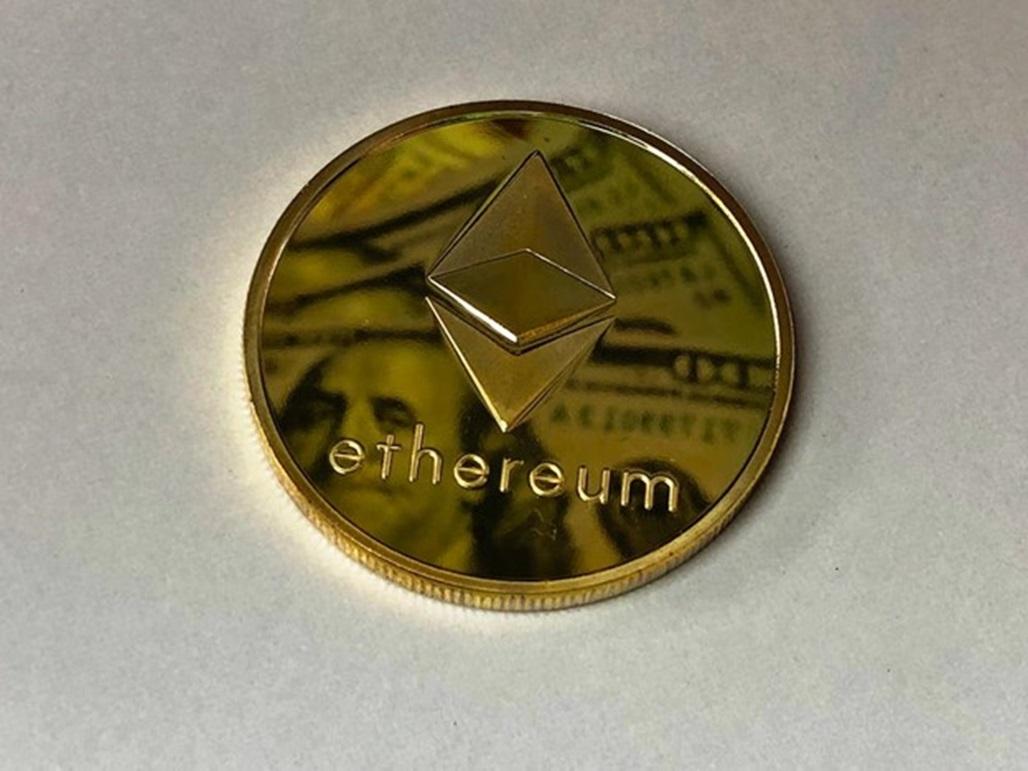
Smart contracts on Ethereum are essentially self-executing contracts, with the terms of the agreement between buyer and seller being directly written into code. These smart contracts can be used to automate the entire NFT creation and ownership process. Smart contracts allow NFT creators to set the terms of their NFTs, including ownership, royalties, and distribution, in a transparent and immutable way.
One of the key benefits of using Ethereum for NFTs is its ability to provide a decentralized and secure platform for NFTs. By using the Ethereum blockchain, NFTs are stored in a decentralized and tamper-proof way, which provides greater security and transparency compared to traditional centralized databases.
Another benefit of Ethereum’s smart contract technology is its ability to automate the entire NFT ecosystem. From the creation of NFTs to their distribution, sale, and royalty payments, smart contracts can be used to automate the entire process, reducing the need for intermediaries and increasing efficiency.
Overall, Ethereum’s smart contract technology is an essential part of NFTs, providing the underlying infrastructure that powers most NFTs on the market today. With the continued growth of NFTs, Ethereum is expected to play an increasingly important role in the digital art and collectibles market.
Conclusion
Ethereum’s flexibility and scalability have made it an ideal platform for creating and distributing NFTs. The Ethereum blockchain provides a decentralized and secure way for artists, musicians, gamers, and collectors to create, own, and trade their unique digital assets. With Ethereum smart contracts, NFTs can be easily programmed to execute specific functions and rules, allowing for more complex and customized transactions.
Additionally, the popularity of NFTs has brought a surge of interest and investment into the Ethereum ecosystem. NFTs require the use of Ethereum’s native cryptocurrency, ether (ETH), as a means of exchange and payment for transaction fees. This has resulted in increased demand for ether, leading to a rise in its value and market capitalization.
The relationship between Ethereum and NFTs is also driving innovation in the development of new decentralized applications (dApps) and protocols. Developers are exploring ways to enhance the functionality and scalability of Ethereum, as well as integrating NFTs with other blockchain technologies such as DeFi (decentralized finance) and DAOs (decentralized autonomous organizations).
Overall, the relationship between Ethereum and NFTs is symbiotic, with both technologies benefiting from the other’s growth and development. As the use cases for NFTs continue to expand and evolve, it’s clear that Ethereum will remain a crucial platform for their creation and distribution.
Stay informed with daily updates from Blockchain Magazine on Google News. Click here to follow us and mark as favorite: [Blockchain Magazine on Google News].
Get Blockchain Insights In Inbox
Stay ahead of the curve with expert analysis and market updates.
latest from tech
Disclaimer: Any post shared by a third-party agency are sponsored and Blockchain Magazine has no views on any such posts. The views and opinions expressed in this post are those of the clients and do not necessarily reflect the official policy or position of Blockchain Magazine. The information provided in this post is for informational purposes only and should not be considered as financial, investment, or professional advice. Blockchain Magazine does not endorse or promote any specific products, services, or companies mentioned in this posts. Readers are encouraged to conduct their own research and consult with a qualified professional before making any financial decisions.

 Bitcoin
Bitcoin  Ethereum
Ethereum  Tether
Tether  XRP
XRP  Solana
Solana  Dogecoin
Dogecoin  USDC
USDC  Lido Staked Ether
Lido Staked Ether  Cardano
Cardano  TRON
TRON  Avalanche
Avalanche  Toncoin
Toncoin  Wrapped stETH
Wrapped stETH  Chainlink
Chainlink  Shiba Inu
Shiba Inu  Wrapped Bitcoin
Wrapped Bitcoin  Sui
Sui  Hedera
Hedera  Polkadot
Polkadot  Stellar
Stellar  WETH
WETH  Hyperliquid
Hyperliquid  Bitcoin Cash
Bitcoin Cash  LEO Token
LEO Token  Uniswap
Uniswap  Pepe
Pepe  Litecoin
Litecoin  Wrapped eETH
Wrapped eETH  NEAR Protocol
NEAR Protocol  Ethena USDe
Ethena USDe  USDS
USDS  Aptos
Aptos  Aave
Aave  Internet Computer
Internet Computer  Mantle
Mantle  POL (ex-MATIC)
POL (ex-MATIC)  Cronos
Cronos  Ethereum Classic
Ethereum Classic  Virtuals Protocol
Virtuals Protocol  Render
Render  MANTRA
MANTRA  WhiteBIT Coin
WhiteBIT Coin  Monero
Monero  Artificial Superintelligence Alliance
Artificial Superintelligence Alliance  Bittensor
Bittensor  Dai
Dai  Arbitrum
Arbitrum 